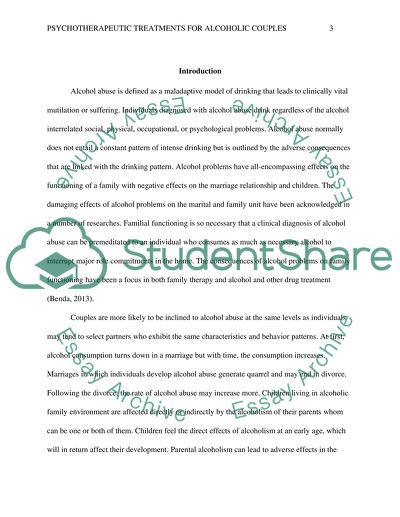Cite this document
(“Alcohol abuse and psychotherapeutic treatments for couples Research Paper”, n.d.)
Alcohol abuse and psychotherapeutic treatments for couples Research Paper. Retrieved from https://studentshare.org/psychology/1478963-alcohol-abuse-and-psychotherapeutic-treatments-for
Alcohol abuse and psychotherapeutic treatments for couples Research Paper. Retrieved from https://studentshare.org/psychology/1478963-alcohol-abuse-and-psychotherapeutic-treatments-for
(Alcohol Abuse and Psychotherapeutic Treatments for Couples Research Paper)
Alcohol Abuse and Psychotherapeutic Treatments for Couples Research Paper. https://studentshare.org/psychology/1478963-alcohol-abuse-and-psychotherapeutic-treatments-for.
Alcohol Abuse and Psychotherapeutic Treatments for Couples Research Paper. https://studentshare.org/psychology/1478963-alcohol-abuse-and-psychotherapeutic-treatments-for.
“Alcohol Abuse and Psychotherapeutic Treatments for Couples Research Paper”, n.d. https://studentshare.org/psychology/1478963-alcohol-abuse-and-psychotherapeutic-treatments-for.


